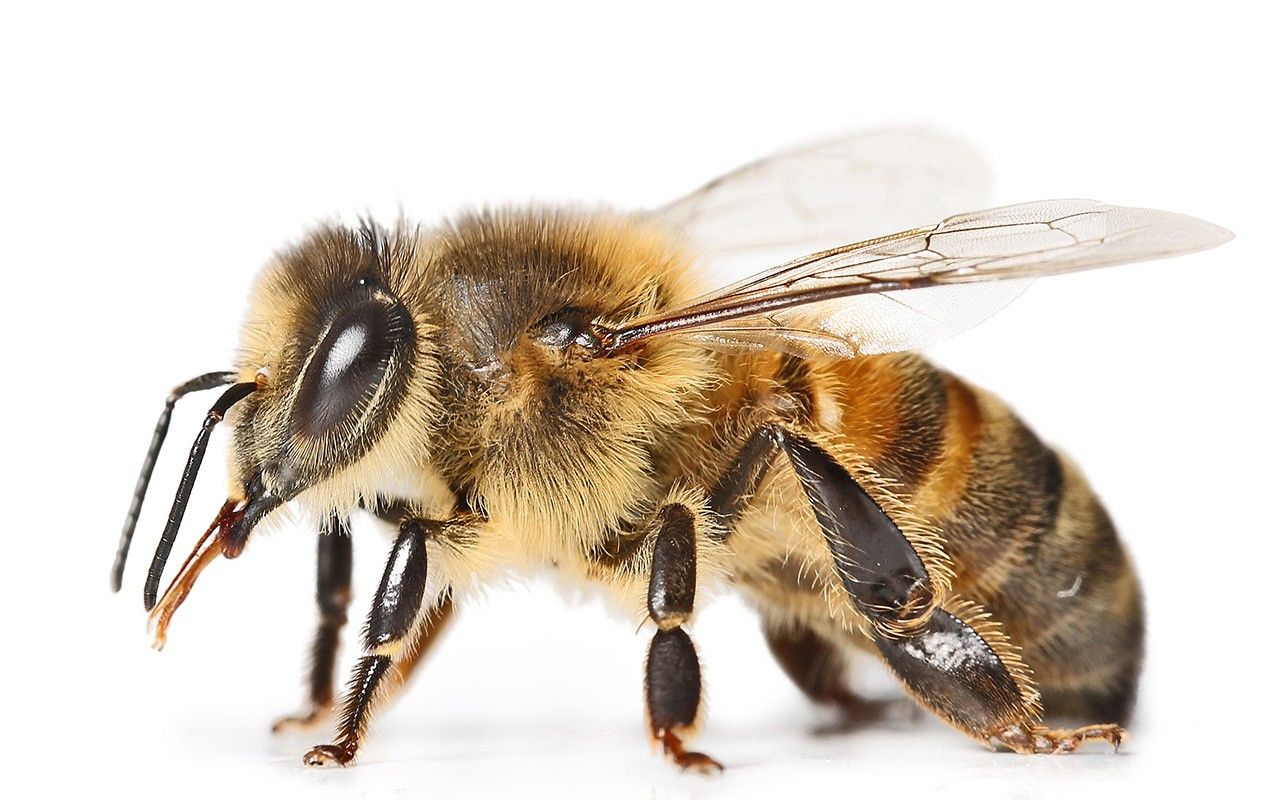Language possesses a remarkable ability to convey vivid imagery and evoke emotions through carefully chosen words. One such word that captivates with ...
Honey Bees: Honeybees are a sub-species of insect (Insecta) commonly recognized in many parts of the world. One of their most predominant characterist...
Honey Dipper: A honey dipper, or honey spoon, is a wooden utensil made from grooved wood. Unusually, the handle is also wooden, but in some cases, it is made of iron, aluminum, or plastic. Some more expensive honey dippers/honey-spoons are made of decorative glass. These are, of course, fragile. In many counties where the instruments have been preserved, there is evidence that original honey dippers were made from baked clay with heavy iron content (giving them a red glow). In most modern kitchens and television ads, the consensus is that dippers are usually made of wood. Production: In many broadcast programs titled “how to make a honey dipper”, honey dippers are made using a single piece of hardy wood. Usually pine is not preferable due to its fragility. Most woodworkers prefer to use maple wood as it is resistant to concussive force even when molded down. The wood is treated with...
What Is A Honey-Badger? The honey badger is a member of the Mellivora family, in the sub-family “Mustelid”. The honey badger is related to the American Badger, the European Badger, the Asian Badger, the Japanese Badger, the Chinese Ferret Badger, the Burmese Ferret Badger, the Javan Ferret Badger, and the Bornean Ferret Badger. It is also closely related to members of the Martin family, and less so to weasels and Polecats. A common misconception is that, due to their behavior, they are related to wolverines. This is only partially true, they are only distantly related to wolverines. Honey badgers are a type of badger, which are known for their abilities to burrow and their long claws. What Does A Honey Badger Look Like? Honey badgers are distinct from other badgers due to their sleek, two color design. From a distance, one can mistake the white stripe and black markings for a...
Note: this post was moved here unintentionally, and should completely be ignored by the general populous.Disclaimer: this post is created solely to define the word, there is no intent for any of the readers to utilize this method, or to do anything more than simply define the word. If you are below the age of 18, or if you have a light stomach please click the back button NOW. Scaphism is an act of execution in which a human subject is stripped naked, tied between two boats in a bog or swamp, and covered in honey , naked. This is a form of torture used first by Persians in 401BC, scaphism literally means "the boats in Greek". Scaphism is intended to kill, as over a period of about 30 days, the subject is slowly eaten alive by various insects and swamp microbes. The victim has little to no chance of dying of shock (unless septic...
Production: Production of honey begins with the collection of nectar from various plants, flowers, and buds. Bees ingest raw nectar, process the nectar, then excrete it from glands (known as hypopharyngeal glands). The honey is then stored in a wax coating made from various amino acids (proteins) and vegetable as well as other organic substances. The honey coats the combs of the hive and is stored for later consumption by the workers and queen. Honey production takes a relatively long period of time to accumulate enough amounts of honey for human consumption. Health Benefits: Honey is considered a “health food”. The health benefits of honey are well-studied and historically verifiable. Humans have been harvesting honey from bees since the beginning of written history. As of now some benefits of long-term consumption of honey include: • Wound healing and antiseptic properties (applied externally)• Cough suppression (lubrication and physical scraping of bacteria) •...






